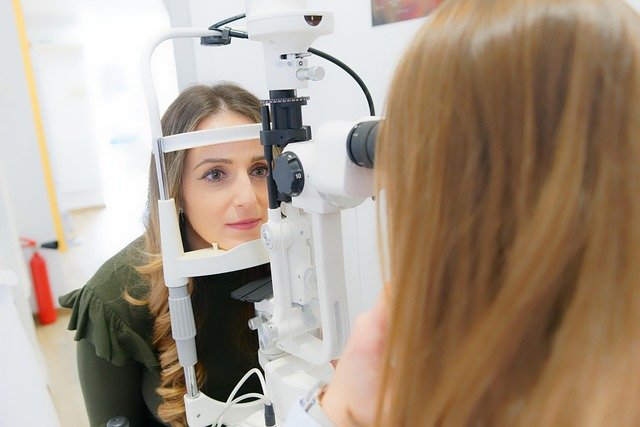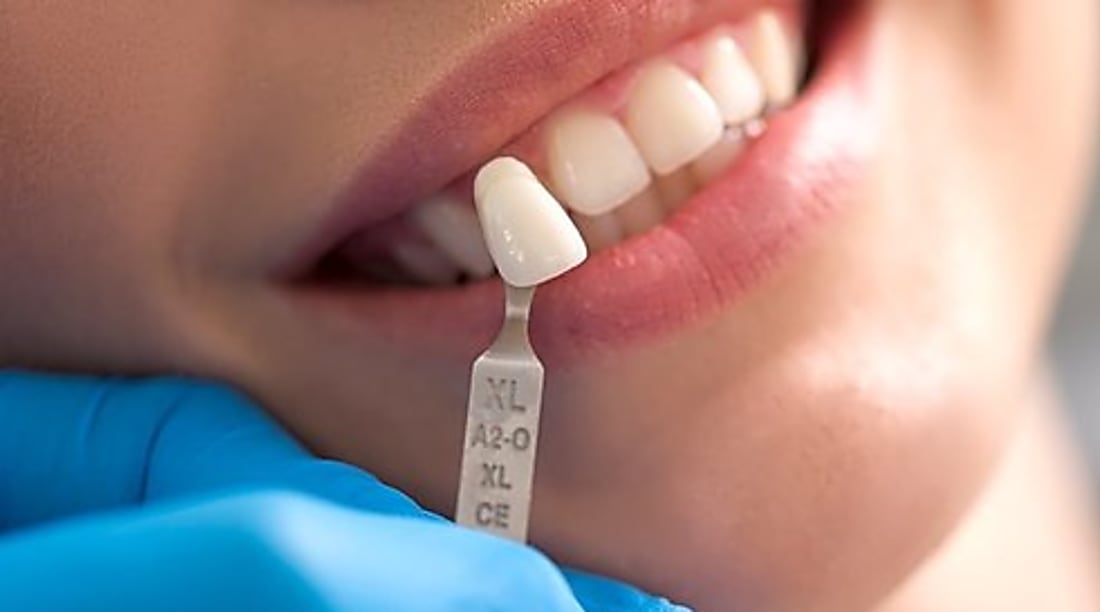Hemoglobinuria: Unexpected Signals You Must Not Ignore
Hemoglobinuria is a rare but serious condition that may silently signal underlying health issues. While often unnoticed in early stages, certain unexpected symptoms could point to a more significant problem. Understanding these signs is essential for timely diagnosis and treatment. This article uncovers the key warning signals of hemoglobinuria and what they could mean for your health

Understanding hemoglobinuria begins with recognizing that this condition represents more than just a cosmetic change in urine appearance. When hemoglobin appears in urine, it indicates that red blood cells are being destroyed at an abnormal rate, a process called hemolysis. This breakdown can occur within blood vessels or in other parts of the body, and the resulting hemoglobin release creates a cascade of effects that impact kidney function and overall health.
What Are Early Signs You Might Overlook?
The most obvious early sign of hemoglobinuria is a change in urine color, ranging from pink or red to dark brown or cola-colored. However, many people attribute these changes to dietary factors, medications, or dehydration. Other subtle signs include fatigue that seems disproportionate to activity levels, shortness of breath during routine tasks, and pale skin or nail beds. Some individuals experience back pain, particularly in the kidney area, along with decreased urine output or changes in urination frequency. These symptoms often develop gradually, making them easy to dismiss as stress-related or age-related changes.
How This Condition Could Indicate Deeper Health Issues
Hemoglobinuria serves as a warning signal for several serious medical conditions. Paroxysmal nocturnal hemoglobinuria (PNH) is a rare but life-threatening disorder where red blood cells become vulnerable to destruction by the immune system. Autoimmune hemolytic anemia causes the body’s immune system to mistakenly attack healthy red blood cells. Severe infections, particularly malaria in endemic areas, can trigger massive red blood cell destruction. Additionally, certain medications, toxins, or genetic conditions like sickle cell disease can cause hemolysis. The condition may also indicate kidney disease, as damaged kidneys may allow hemoglobin to pass through their filtering system more easily.
Important Diagnostic Steps for Early Detection
Proper diagnosis requires a comprehensive approach that goes beyond simple visual inspection of urine. Healthcare providers typically start with a complete urinalysis to confirm the presence of hemoglobin and distinguish it from other causes of red urine, such as blood cells or myoglobin. Blood tests including a complete blood count (CBC) help assess red blood cell levels and signs of hemolysis. Additional tests may include lactate dehydrogenase (LDH) levels, haptoglobin measurements, and direct antiglobulin tests to identify autoimmune causes. Advanced diagnostic procedures might involve bone marrow examination, genetic testing, or specialized flow cytometry studies to identify specific underlying conditions.
Myths About Hemoglobin in Urine and How to Approach Them
Several misconceptions surround hemoglobinuria that can delay proper treatment. One common myth suggests that red urine always indicates a urinary tract infection or kidney stones, leading people to seek inappropriate treatments. Another misconception is that hemoglobinuria only occurs in severe cases, when in fact mild cases can still indicate serious underlying conditions. Some believe that dietary changes or increased water intake can resolve the condition, but hemoglobinuria requires medical intervention to address its root causes. The myth that hemoglobinuria only affects older adults is also false, as conditions like PNH can develop in young adults. Understanding these myths helps ensure that individuals seek appropriate medical care rather than attempting self-treatment.
Treatment Options for Nocturnal Hemoglobinuria
Treatment approaches vary significantly depending on the underlying cause of hemoglobinuria. For paroxysmal nocturnal hemoglobinuria, complement inhibitor medications like eculizumab or ravulizumab have revolutionized treatment outcomes by preventing red blood cell destruction. Supportive care often includes blood transfusions for severe anemia, iron supplementation to address deficiency, and folic acid to support red blood cell production. Immunosuppressive therapies may be necessary for autoimmune causes, while bone marrow transplantation represents a potential cure for certain genetic conditions. Pain management, infection prevention, and regular monitoring form essential components of comprehensive treatment plans.
| Treatment Type | Provider/Medication | Cost Estimation |
|---|---|---|
| Complement Inhibitors | Eculizumab (Soliris) | $400,000-500,000 annually |
| Bone Marrow Transplant | Major Medical Centers | $100,000-300,000 |
| Blood Transfusions | Hospital/Outpatient Centers | $1,000-3,000 per unit |
| Supportive Medications | Generic Iron/Folic Acid | $10-50 monthly |
Prices, rates, or cost estimates mentioned in this article are based on the latest available information but may change over time. Independent research is advised before making financial decisions.
Managing hemoglobinuria requires ongoing collaboration between patients and healthcare teams to monitor treatment effectiveness and adjust therapies as needed. Regular follow-up appointments, laboratory monitoring, and lifestyle modifications all contribute to optimal outcomes. Early recognition and prompt treatment significantly improve prognosis for most underlying conditions causing hemoglobinuria, emphasizing the importance of never ignoring unusual changes in urine appearance or associated symptoms.
This article is for informational purposes only and should not be considered medical advice. Please consult a qualified healthcare professional for personalized guidance and treatment.




